On February 21st Guillermo Bañares-de-Dios defended his PhD thesis at Universidad Rey Juan Carlos` Experimental…
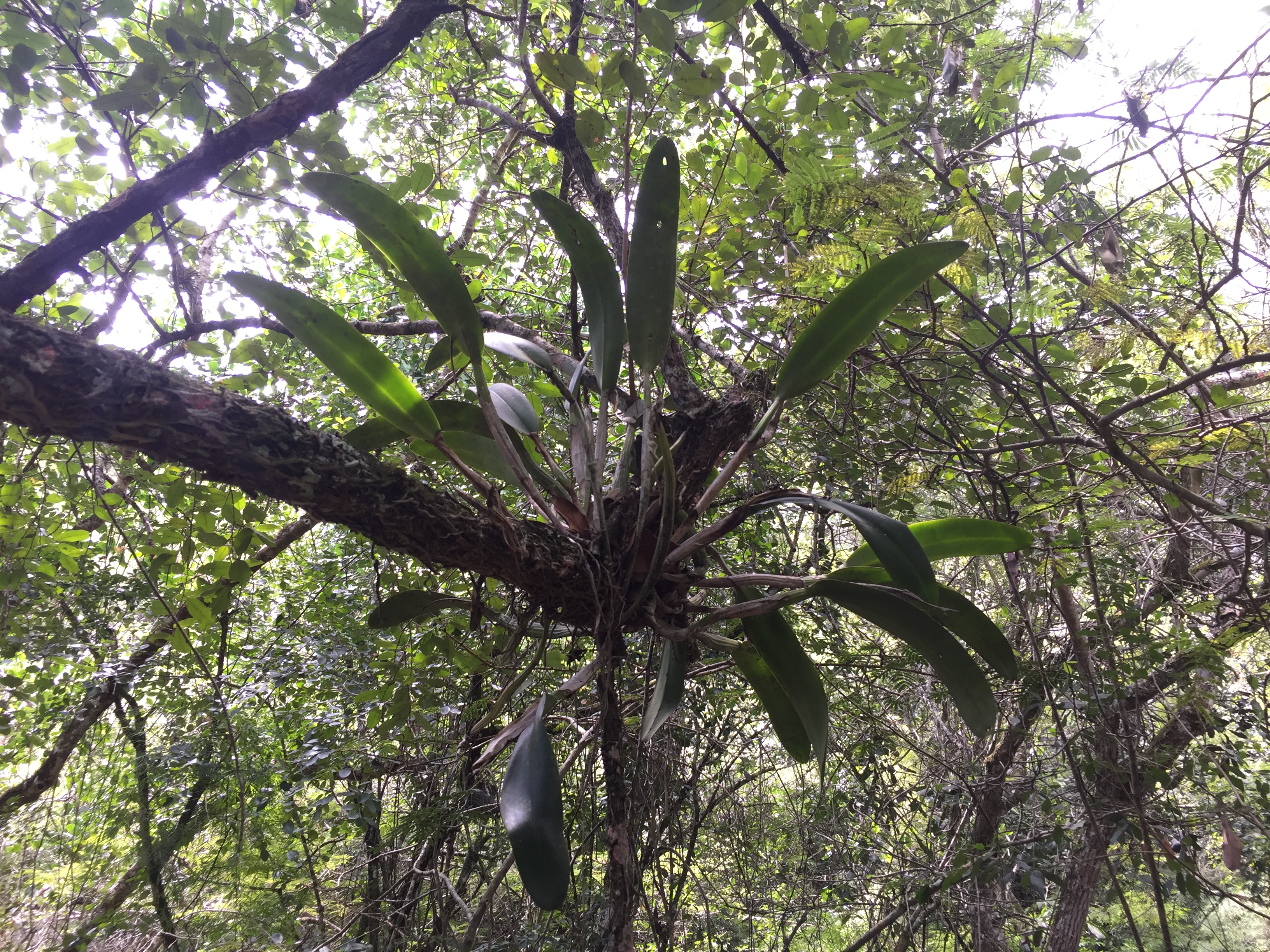
New project on the ecology of tropical orchids and their mycorrhiza in Colombia
We are excited to announce the beginning of a new project entitled: Does the spatial distribution of free-living orchid mycorrhizal fungi determine the local distribution of tropical epiphytic orchids? granted by Pontificia Universidad Javeriana – sede Cali (Colombia).
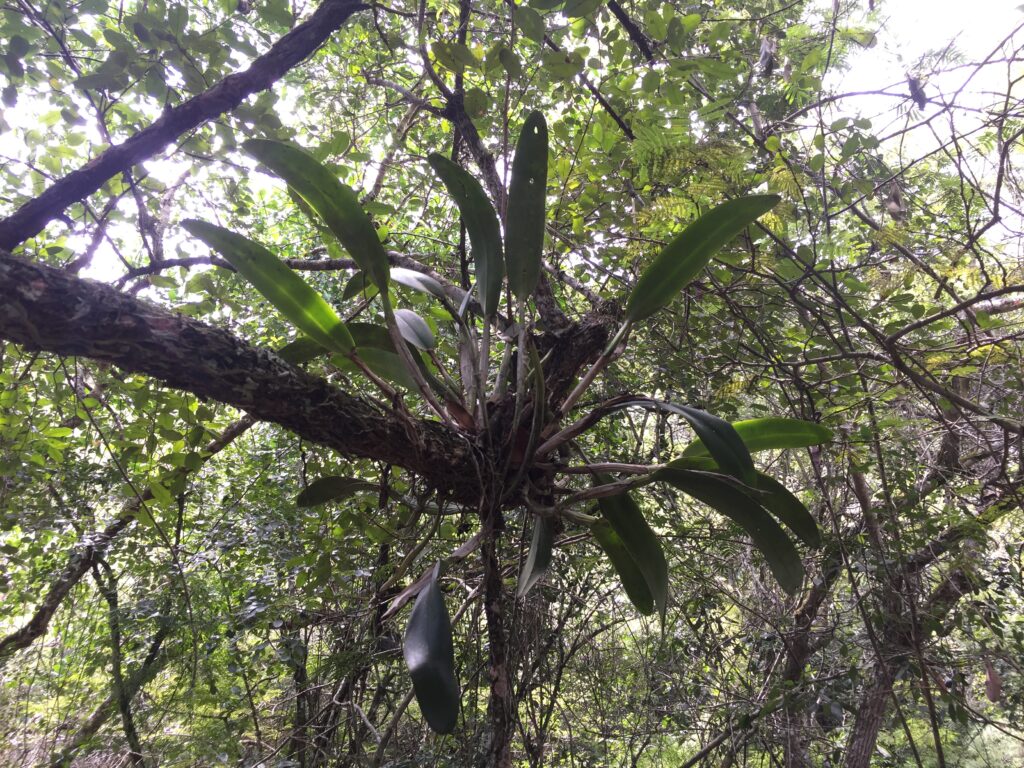
The aim of the project is to assess whether the spatial distribution of epiphytic orchids in tropical forests is limited by the availability of mycorrhizal fungi (that establish symbiosis in orchid roots). Orchids need fungi to live, but fungi don’t need them. Therefore, we expect orchids to appear only where there are the species of fungus with which they can establish a beneficial symbiosis. These fungi are microscopic and live on the bark of host trees. We want to explain how the local environmental conditions (humidity and light) and the host tree species affect the presence of fungi and orchids in a tropical dry forest in Southwest Colombia.
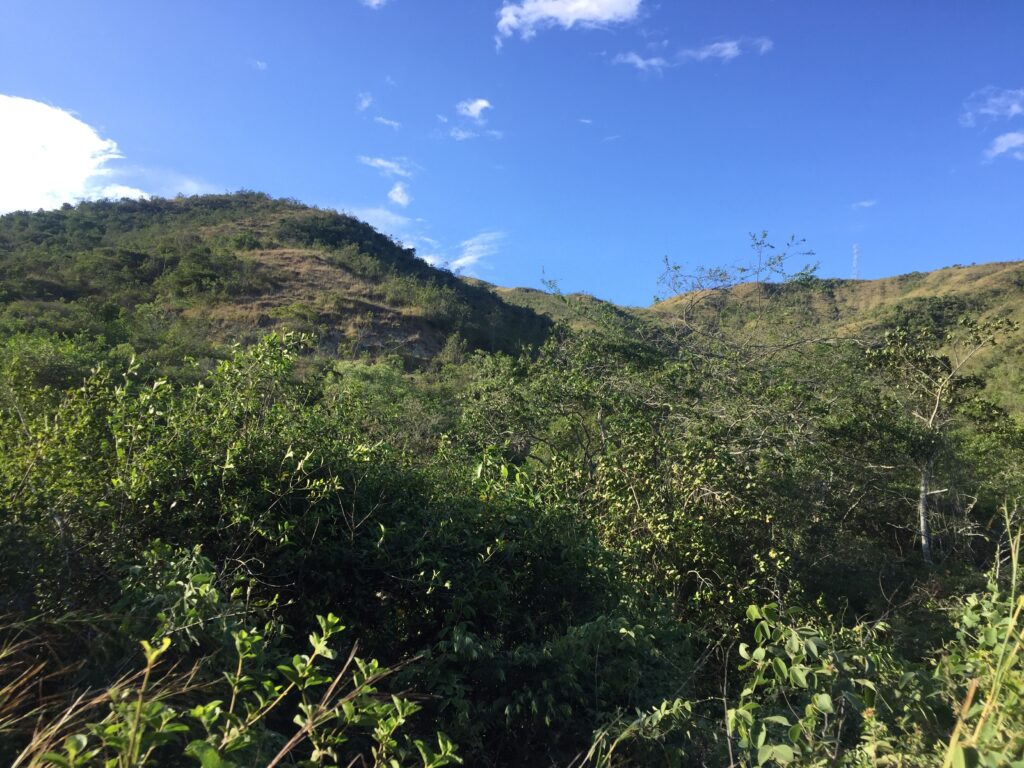
The project has two stages: a fieldwork stage, where we will collect orchid root fragments, and bark fragments from the host tree near and far from the plant. In the second stage, we will assess which species of fungi live in the roots and in the bark using massive fungal DNA sequencing analysis. DNA sequencing will reveal whether the fungal communities in the plant environment differ from the communities associated with the bark collected away from the plant. Consistent differences between both samples would indicate that orchids establish preferentially in areas where their preferred symbionts are available.
As a study system we will use the species Cattleya quadricolor, an endemic orchid of the dry forests of Valle del Cauca that is currently threatened. Knowing the ecological requirements of this species is of vital importance to optimize propagation, reintroduction and conservation efforts.
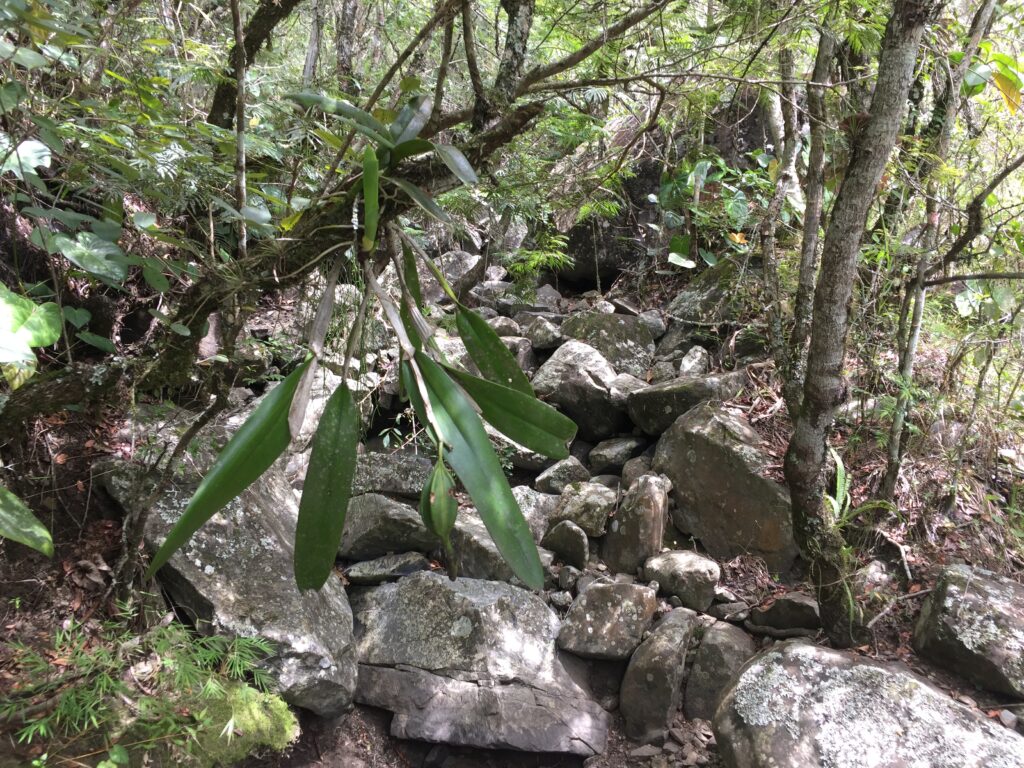
The project is led by professor Nicola Flanagan, director of the Orchid Research Group at Pontificia Universidad Javeriana (PUJ-Cali, Colombia), and I, Agustina Ventre-Lespiaucq, am part of the team as a postdoctoral researcher and leader of project execution. In addition, we are accompanied by Professor Ana T. Mosquera (PUJ-Cali), specialist in fungi, and Professor Nhora H. Ospina (University of Quindío, Colombia), specialist in ecology of epiphytic orchid populations.
We look forward to starting the fieldwork in January 2021. We will keep you posted on developments in future posts.
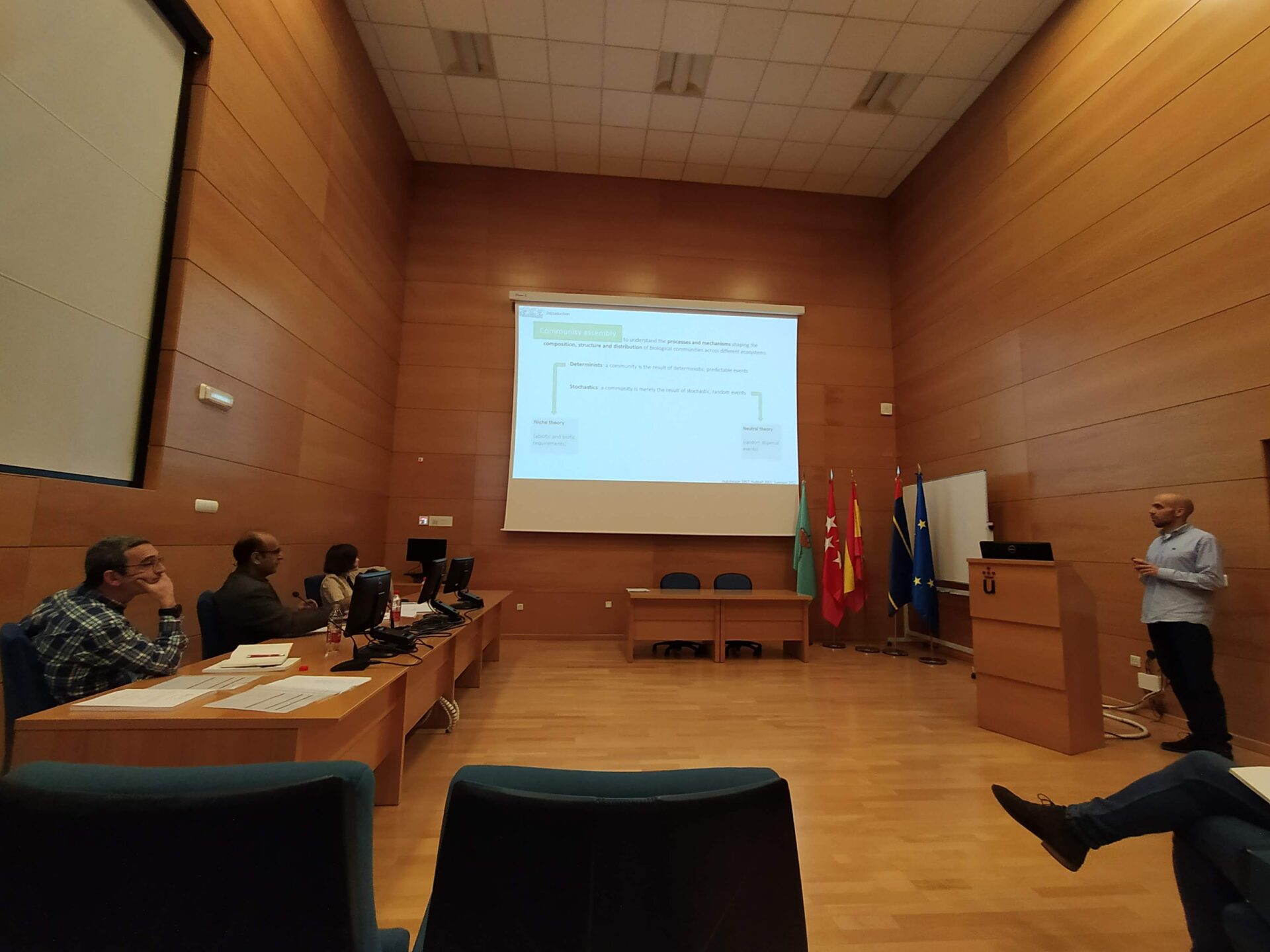
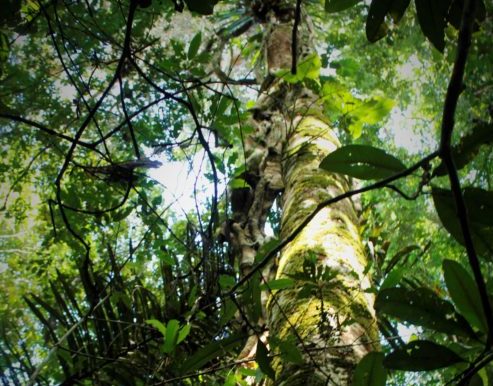
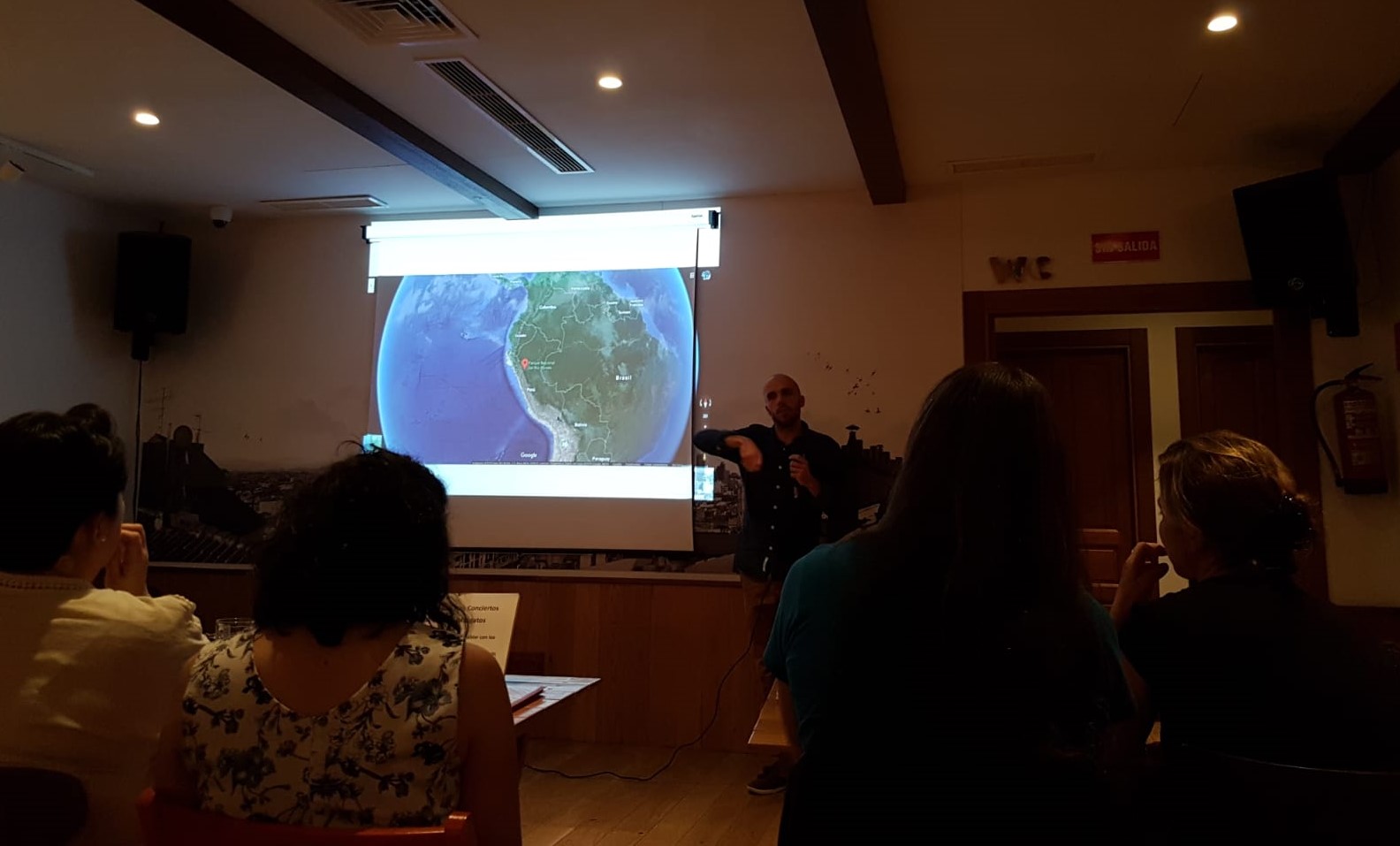
This Post Has 0 Comments